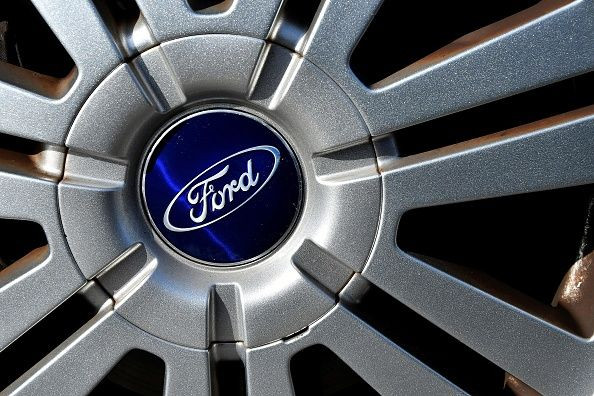Bug Off! Ford Eliminates Insects On Its Self-Driving Car Sensors This Way

As Ford’s (F) self-driving vehicle business continues to develop, it has discovered a way to keep the sensors of these cars free of bugs. According to the company, insects pose a significant challenge to self-driving cars as they can impede the sensors ability to detect their surroundings.
To create the technology that would prevent these sensors from being impacted by bugs, Ford met with Mark Hostetler, a zoologist and author of “That Gunk on Your Car.” Together, Ford and Hostetler discussed how often bugs come in contact with cars as well as the best way to clean them off.
The answer for Ford was what it calls a “tiara.” The “tiara” sits on top of its self-driving vehicles, holding the cameras, LIDAR, and radar that allows the vehicle to see where it is going. By using the “tiara” to funnel air near the camera lens, an “air curtain” is created that helps to deflect bugs from hitting the sensor, Ford said.
For the automaker, the results were initially successful as the “air curtain” diverted the “vast majority” of insects away from the autonomous vehicle’s sensor, but more work needed to be done to perfect the technology.
Cleaning was still an issue for the sensors as some bugs were able to break through the “air curtain.” Ford solved the problem with a cleaning system that places nozzles next to the camera lens to spray washer fluid, as needed, to keep the sensors clean., the company said.
Ford also said it integrated software algorithms that allow the self-driving vehicle to determine when cleaning is needed. The cleaning system is then reportedly activated to clean one or several sensors on the vehicle at a time. The “tiara” then dries the sensors by releasing air on the face of the sensor’s lens, creating a bug-free environment for the self-driving vehicles to operate in, according to Ford.
Shares of Ford stock were up 1.36 percent as of 9:56 a.m. ET on Thursday.
© Copyright IBTimes 2024. All rights reserved.



















